From rugged mountains to river corridors, Idaho’s picturesque wilderness is home to both black bears and grizzly bears. Approximately 20,000 black bears and 100 grizzly bears can be found in Idaho, with black bears across the state, and grizzlies in Northern Idaho and Eastern Idaho, near Yellowstone National Park. While it can be thrilling to see these apex predators in the wild, bear safety practices, like proper food storage, are essential for outdoor recreation in Idaho—and other regions with sizable bear populations.
These safety tips will help you stay bear aware on your next adventure:
Know Your Bears
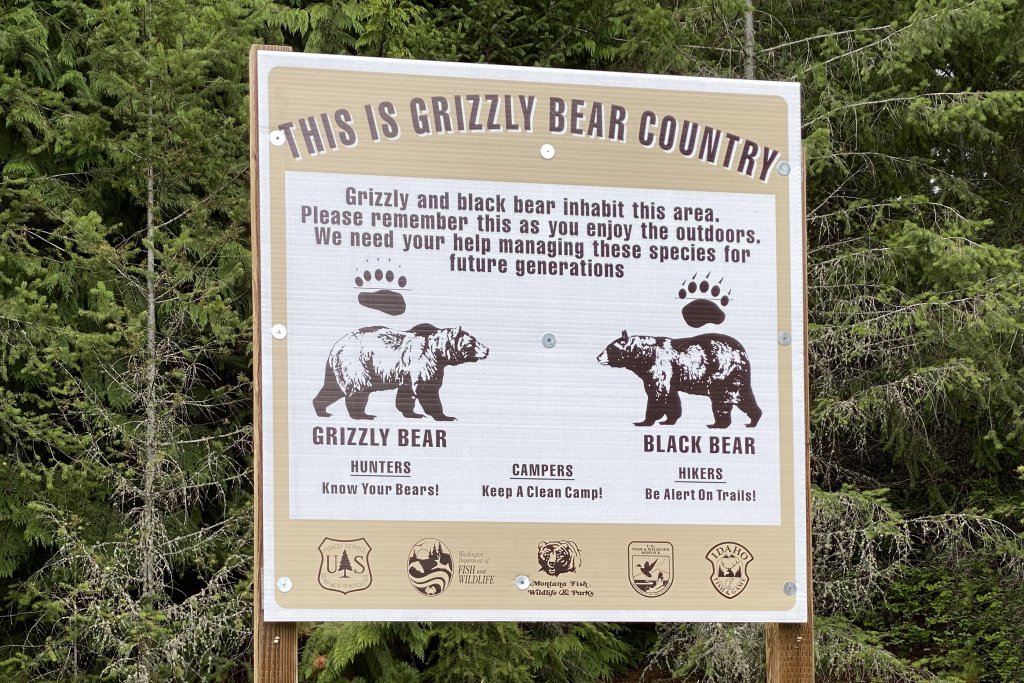
When traveling in bear country, check in with local rangers about recent bear activity and specific safety guidelines for the area. Rangers have up-to-date information on bear sightings and which trails to avoid, plus they can give you a refresher on proper food storage and what to do in case of an encounter. It’s also important to take note of any signage posted at trailheads and campgrounds, which may have updates about bear activity, and more details about specific food storage requirements.
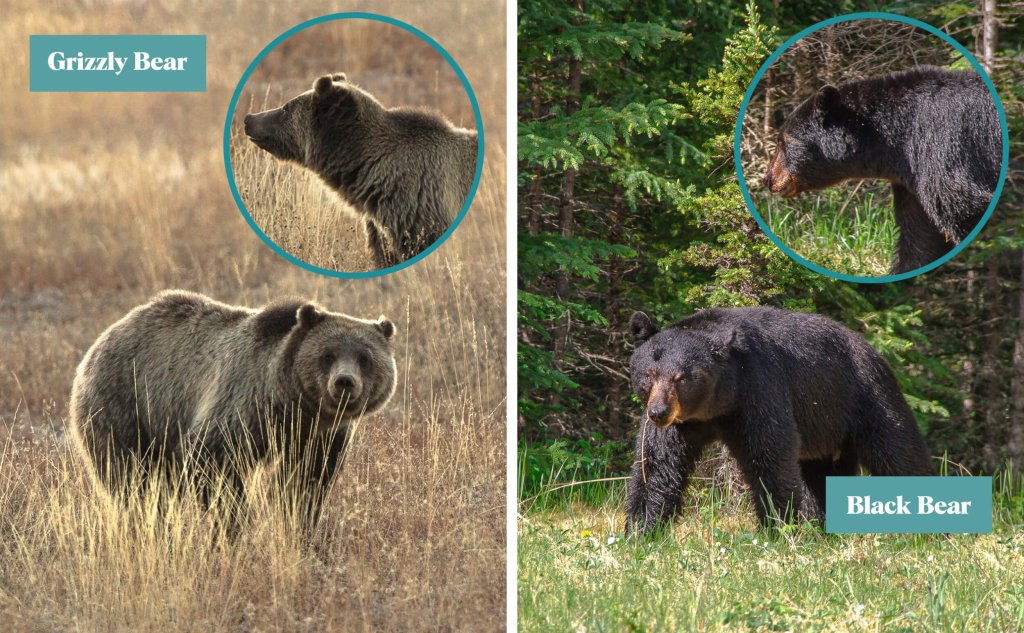
Black bears and grizzly bears, though both native to North America, differ significantly in appearance, behavior and habitat. Grizzlies, also known as brown bears, are larger, with a distinctive shoulder hump, concave face, and shorter, rounded ears. Black bears are generally smaller with a sleeker build, longer ears, and a straight facial profile. Some black bears have a brown or “cinnamon” coat, so color isn’t always the best way to distinguish them. Grizzly bears also have longer, curved claws, ideal for digging, whereas black bears have shorter, curved claws suited for climbing trees. Thus, when identifying their tracks, you’ll notice that the longer claws of the grizzly are farther from the pads of their paws, and the claws of black bears are closer to the toe pads, which have a more distinct arc to them.
Keep a Safe Distance
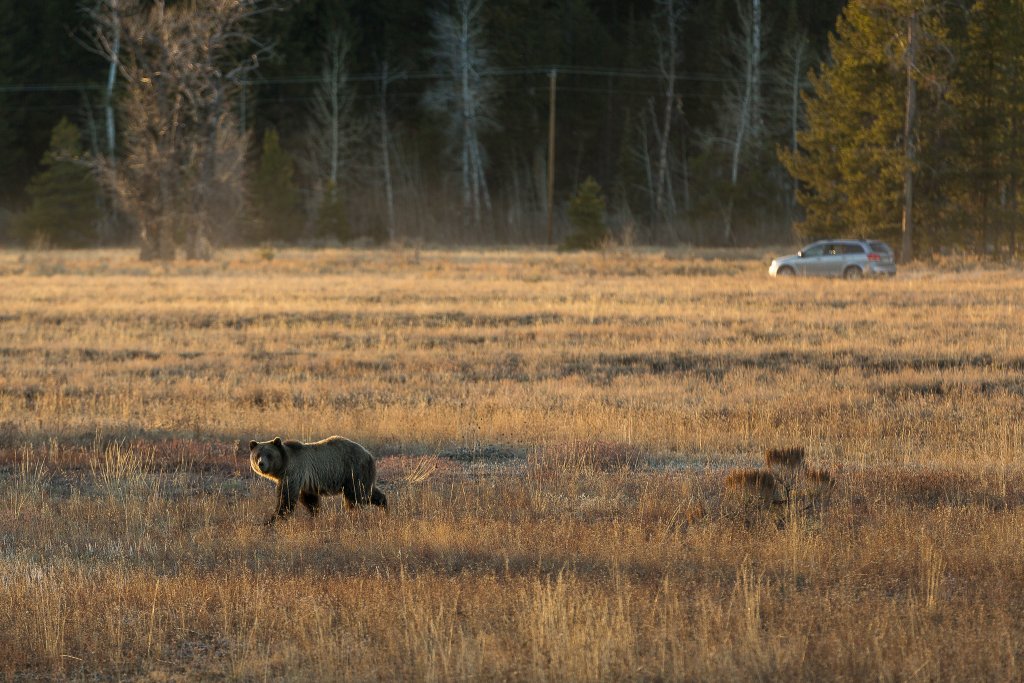
Idaho Fish and Game recommends staying at least 300 feet from bears, as this distance helps minimize the risk of triggering a bear’s defensive or predatory instincts. Even a seemingly calm bear can charge if they feel threatened, especially if they are protecting cubs or a kill. Approaching, feeding or antagonizing bears is dangerous and can incite attacks, and anyone caught doing so may face charges of wildlife harassment or fines.
If you see a bear while driving, pull your vehicle over in a safe spot, rather than stopping in the middle of the road. When multiple vehicles crowd around a bear, this can result in a “bear jam,” which disrupts traffic and stresses out the animal.
Carry Bear Spray
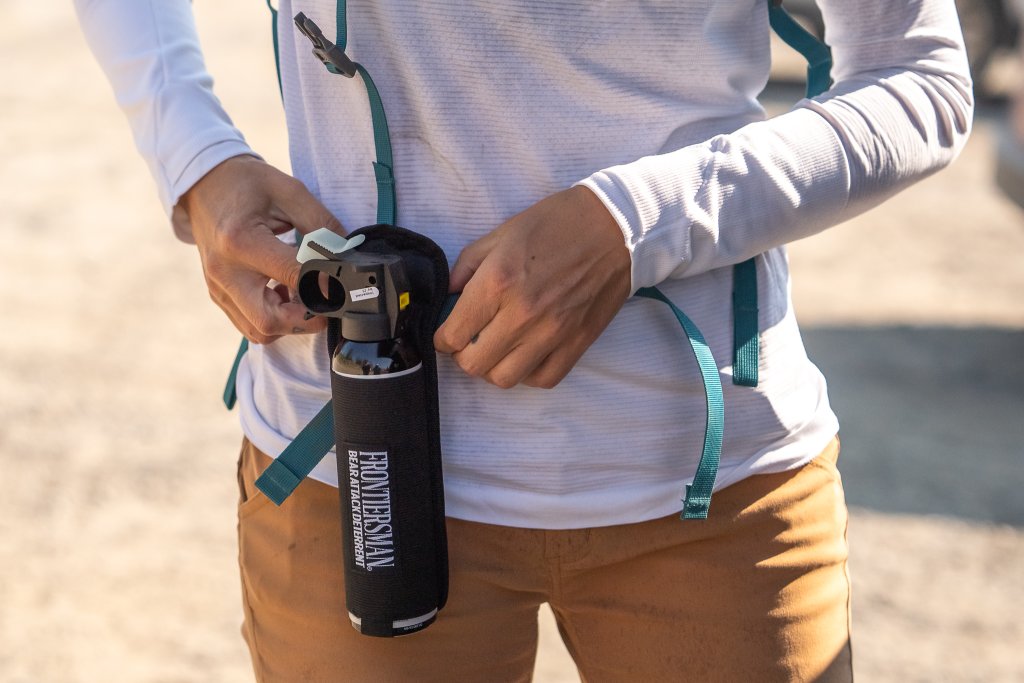
Bear spray is one of the most effective tools for deterring an aggressive bear, as it inflames the animal’s eyes and upper respiratory system upon contact. Like traditional pepper sprays, bear spray contains capsaicin, or chili pepper extract, but it delivers a higher-volume blast, with a range of up to 30 feet. When hiking, camping and hunting in bear country, always keep bear spray accessible, either in a holster or within arm’s reach. Before hitting the trail, it’s wise to familiarize yourself with how to use bear spray. Practice removing the safety cap and be ready to deploy it at a moment’s notice, so if you do need to use it, you’ll be quick and confident.
Bear spray should be treated as a weapon, and it is also important to store it at safe temperatures. Canister pressure may decrease in extreme cold, thus rendering the product ineffective, and bear spray can explode under high heat (over 120 degrees Fahrenheit), so be careful not to leave it in a hot car. Finally, safety regulations prohibit air travelers from transporting bear spray. If you are flying, consider donating unused bear spray to a local outfitter or ranger station, as some stores and wildlife management agencies have bear spray recycling programs. While bear spray cannot be disposed of with regular garbage (it’s technically hazardous waste), several locations in Northern Idaho now accept expired or partially used cans, including Sturgeon Station near Bonners Ferry, the Sandpoint Ranger Station and the Idaho Fish & Game Regional Office in Coeur d’Alene. If you are traveling near the Wyoming border, Yellowstone and Grand Teton National Parks offer multiple sites with collection bins as well.
Hiking in Bear Country
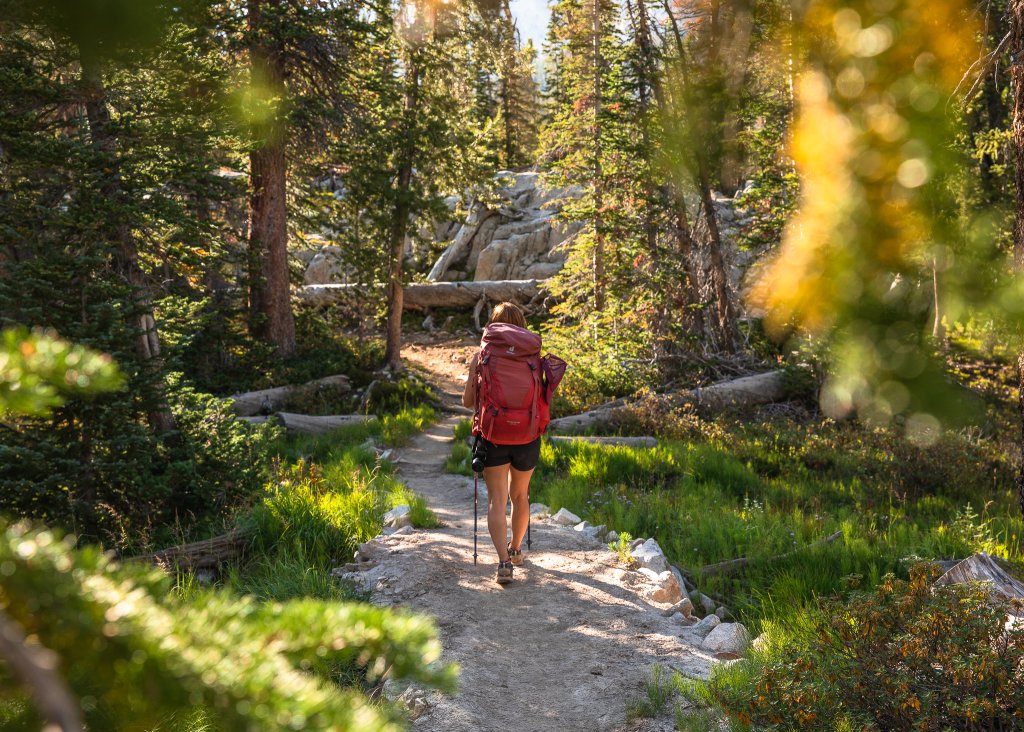
Bears generally avoid humans, and most dangerous encounters on the trail occur when a bear has been startled. When hiking, especially in dense vegetation and near loud streams, make plenty of noise by talking loudly, shouting occasionally (it’s common for hikers to yell, “Hey bear!”), clapping or attaching bear bells to your backpack. Furthermore, studies have shown that groups are less likely to experience bear attacks than solo hikers. In grizzly country, it’s recommended to hike in parties of three or more, and be sure to stick together and avoid separating, especially around sections of trail with limited visibility. If you’re hiking with a dog, keep your pet on a leash or under strict voice command, so they do not attempt to chase bears or any other wildlife. Avoid hiking at dusk and dawn, as bears are most active during these times, and keep your eye out for scat, bear tracks and even scratches on trees.
Practice Proper Food Storage
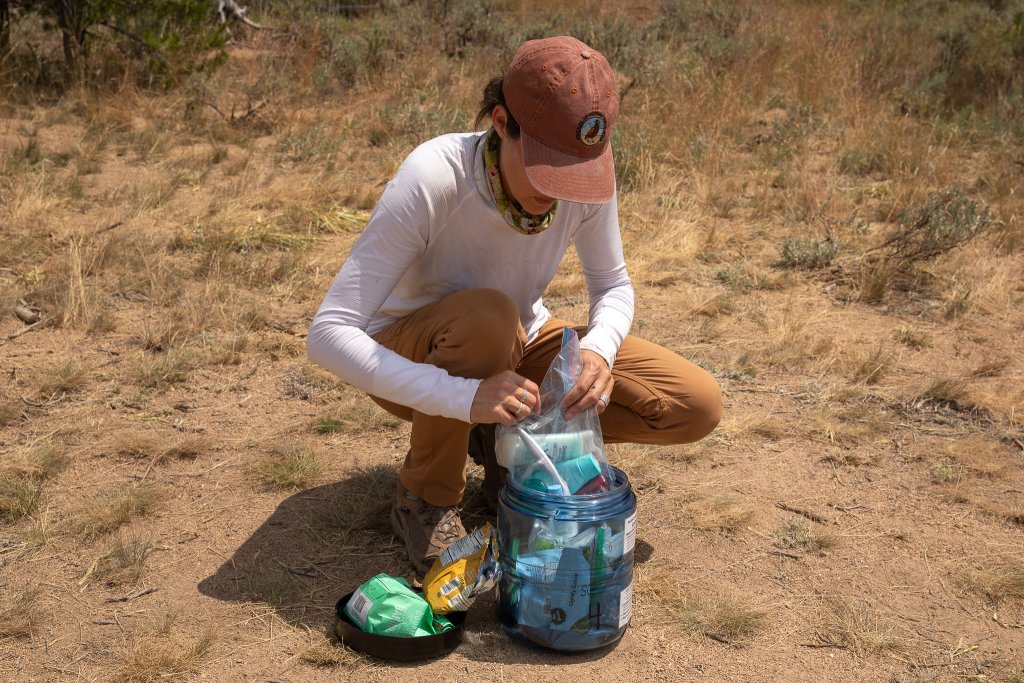
Improperly stored food and scented items can not only attract bears to campsites, but they can increase the likelihood of dangerous encounters. “A fed bear is a dead bear,” is a common phrase you may hear. Once a bear learns to associate humans with food, the animal can become aggressive and more likely to approach people. Unfortunately, food-habituated bears often have to be relocated or euthanized by wildlife management officials, so by taking these precautions, you will help keep bears wild and contribute to safer experiences in the wilderness for everyone.
As a general rule, if you are camping in bear country and your food is not within arm’s reach, it needs to be stored in a closed, locked vehicle, or inside a bear locker or bear can. This also applies to trash, along with scented items including sunscreen, lotions, shampoo, chapstick and bug spray. Never store food or toiletries in a tent or soft-sided camper. Bear cans, like the one pictured above, should be kept 300 feet from backcountry campsites in grizzly bear country, or 100 feet from sites in areas frequented by black bears. Another option is a bear hang, which needs to be at least 10 feet above the ground, four feet from tree trunks and a minimum of 100 feet from camp (300 feet in grizzly country). A nylon sack and paracord are the only items you need for a hang, but bears are excellent climbers, so it is imperative that a hang be done right. Simply put: if you aren’t confident with your backcountry bear hang, use a bear can instead.
Keep a Clean Camp and Dispose of Food Waste
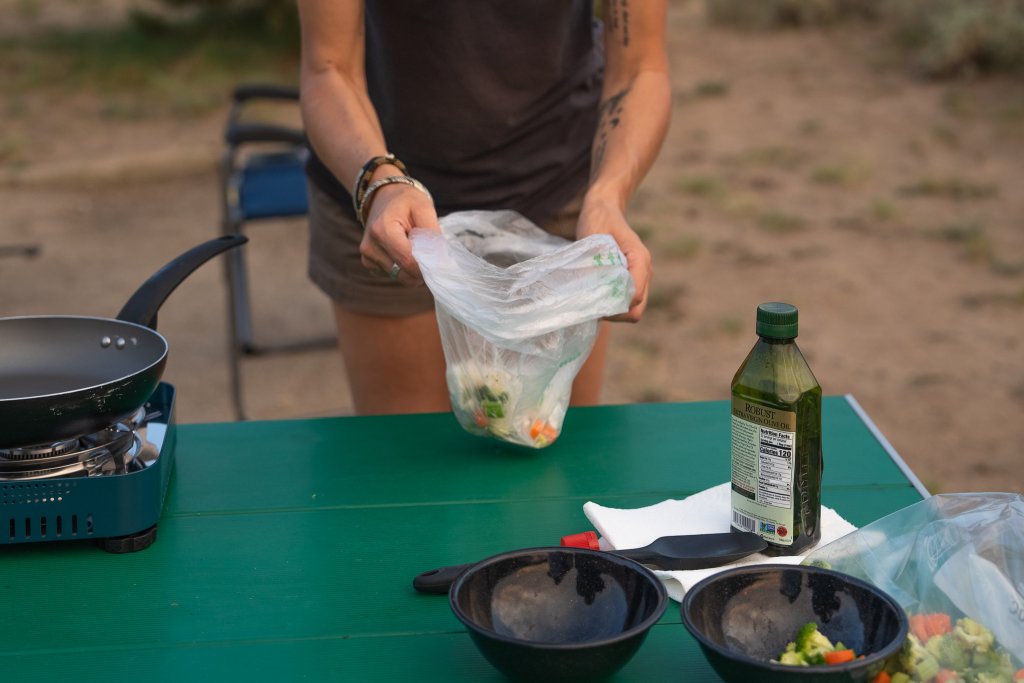
After meals, it’s best to clean up your cooking area and dispose of any food scraps immediately. Even crumbs, spilled liquids, food wrappers and dirty rags can attract bears, so if it has an odor, it needs to be stored properly or discarded. This applies to both car campers and backcountry campers in areas with black and grizzly bears. If you are backcountry camping in grizzly country, cooking and food storage areas should be 300 feet from your sleeping area, though most developed campgrounds (i.e., campgrounds with numbered sites and bathrooms) have picnic tables at individual sites, so that rule does not apply.
Consider bringing small trash bags for food scraps, which can either be thrown out at a campground dumpster, or stored in a bear can, bear locker or vehicle — and packed out when you leave. If you don’t have access to a sink, water and soap, wipe all food waste from dishes and pans into a small trash bag with a rag or spatula, rather than tossing food waste in the bushes at camp. Straining food from wastewater is another way to minimize odors at camp. Dirty utensils and dishes should be kept in a bear can, locker or vehicle as well, so consider bringing a bin or plastic bag for those items, to keep them organized and easy to store.
What to Do if You Encounter a Bear
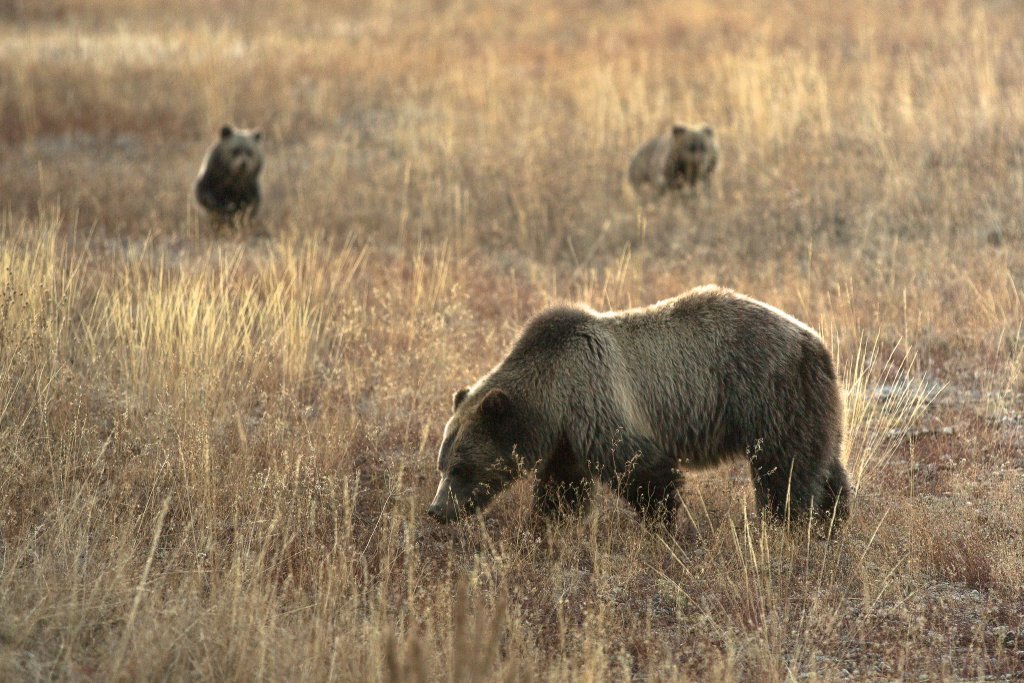
If you see a bear on the trail, let your presence be known by talking calmly in a low tone and slowly waving your arms. If you are with children or pets, bring them close to you, so the bear doesn’t view them as prey. Also, don’t drop your backpack. Not only does wearing a backpack make you appear larger, but it can also protect you if the bear does attack. Be especially careful if you encounter a mother, or sow, with cubs, as female bears are fiercely protective of their young. Never scream, run or approach the bear, as this may trigger the bear to chase you; instead, keep the bear in your sight and slowly move away. (While it’s important to keep an eye on the bear, try to avoid direct eye contact with grizzlies, as this can be perceived as a challenge, thus prompting an aggressive response.) The ideal situation is the bear taking note of your location and sauntering off. However, bears often travel on hiking trails, and they may want to continue along the path, towards you. In this case, move off the trail to create space for them to pass, and have your bear spray ready.
If a bear continues to approach you, stand your ground, make noise and appear as large as possible by raising your arms. If the bear gets within 20 to 30 feet, this is the time to deploy your bear spray. If you are attacked by a black bear, fight back by punching or kicking the animal in the face. However, if you are attacked by a grizzly bear, play dead, lay flat on your stomach and clasp your hands behind your neck to protect yourself. It’s also recommended to spread your legs, thus making it harder for the bear to flip you over. The majority of attacks by both black bears and grizzlies are defensive in nature, as the bears are either trying to protect their cubs, food or territory. However, on the rare occasion of a predatory attack by a grizzly bear (i.e., the bear is stalking you), the National Park Service advises to fight back. Please note: these are general guidelines regarding bear attacks, and you should always check with local wildlife management officials if you have questions or want additional information.
If you encounter a bear at a developed campground or in your backyard, you’ll want to take a slightly different approach. Shout or bang pots and pans to scare away any overly curious bears, and always provide them with an escape route. If the bear continues to approach your campsite, get in your car and honk your horn. Finally, if you encounter a bear or signs of bear activity, always report it to local wildlife authorities. This helps others in the area remain informed and take precautions.
Feature image credited to Elisabeth Brentano.Published on May 16, 2025
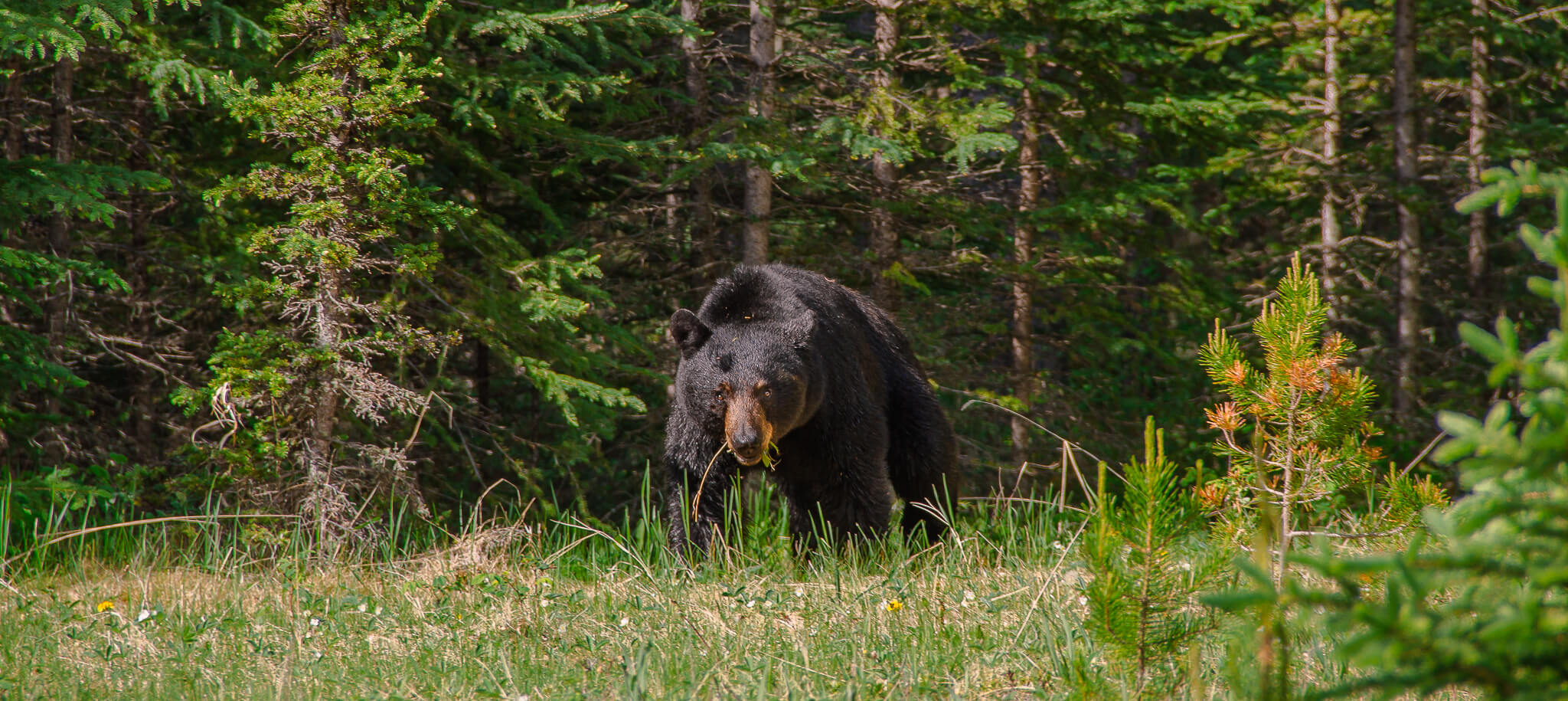




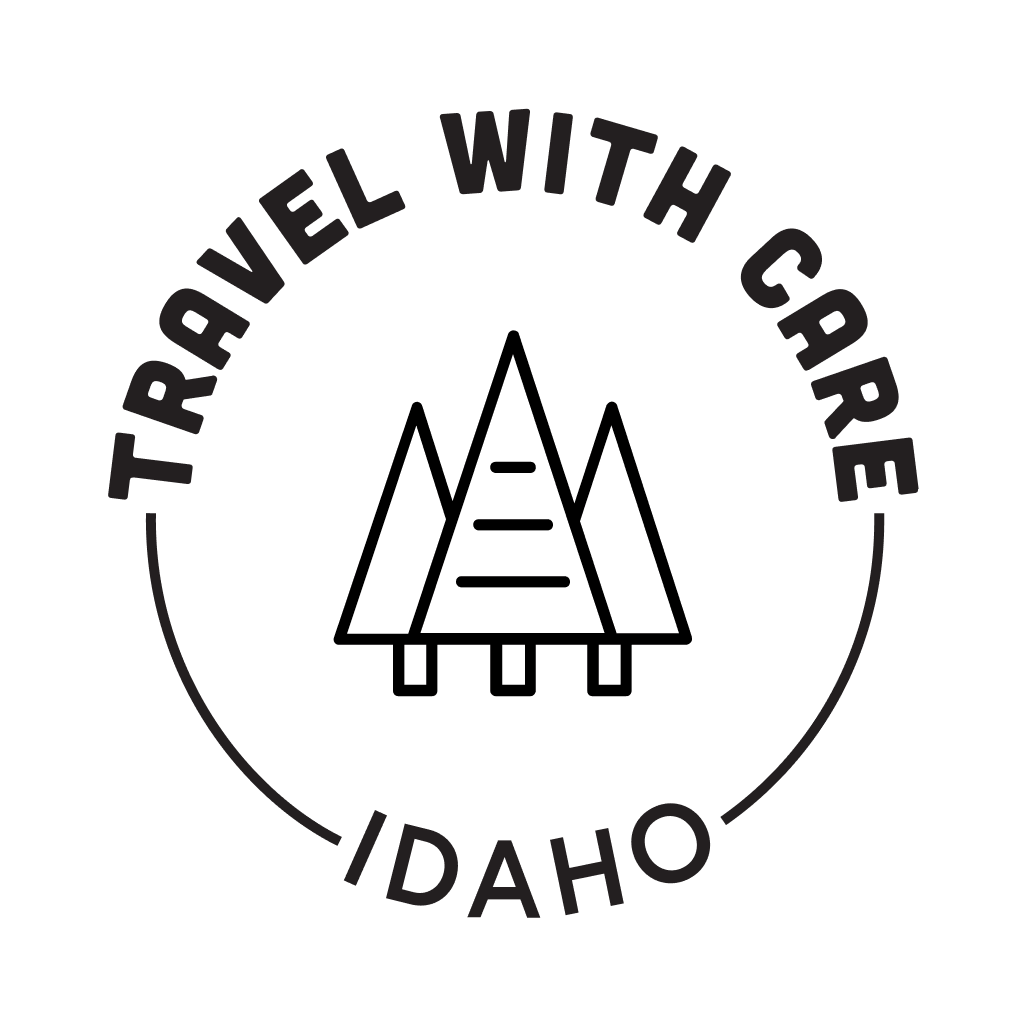
Elisabeth Brentano is a writer and photographer based in California, but her passion for nature takes her all over the world to produce travel and environmental content. You can follow her at @elisabethontheroad on Instagram.